Feline Diabetes
Is It Manageable?
Feline Diabetes, or Cat Diabetes (also called Diabetes Mellitus or 'sugar diabetes') is a complex disease.
Here I will give you a brief summary of the main points of this serious cat illness, but if you do suspect your cat may have the condition then you will have to visit your vet.
Cat diabetes can be fatal if left untreated, just as Diabetes Mellitus is in humans, so it does need to be taken very seriously.
The good news is that it is a treatable condition (which means it can be managed rather than cured),
So please take your cat to a vet if you suspect they may be displaying any of the symptoms, or that they appear ill in any other way.
What Is Cat Diabetes?
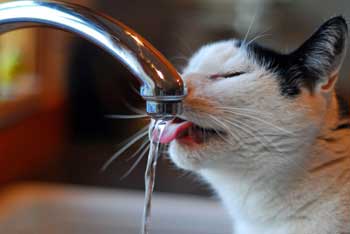
Cat diabetes is more common in older and overweight cats (again, just as it is in humans).
Very briefly, a hormone called Insulin is used by the body to regulate the amount of sugar in the blood.
When the pancreas (the organ that produces insulin) cannot produce enough insulin (or any at all), or the body cannot utilise the insulin that is being produced, the result is that too much sugar is carried in the blood rather than being used for energy.
This imbalance can cause damage to organs and tissues over time, as well as producing many of the symptoms associated with diabetes mellitus.
What Are Some of The Signs and Symptoms of Feline Diabetes?
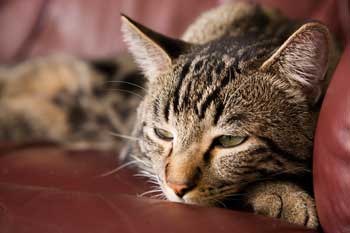 |
|
Other Effects Feline Diabetes Can Have On Your Cat
|
Natural support for Diabetes in Cats |
This can result in unconsciousness and seizures and it is an emergency situation that needs immediate treatment, often with glucose injections. |
Treatments For Cat Diabetes
There is no one treament for Feline Diabetes and several factors have to be taken into consideration before the correct treatment can be given.
Due to this I have a dedicated page covering the treatments available for this serious cat illness and the extra care which needs to be given to your diabetic cat.
Find Out About The Treatments....
Top of this Feline Diabetes Page
I'd love to hear what you think of this page or my site. Let me know if you like what you have read or if it has helped you with a problem.
It's easy to do just leave a comment in the box below and click the like / share or +1 to let others know about my site. Thank You It really is most appreciated.



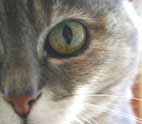
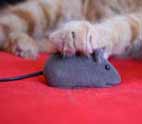

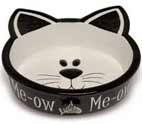
New! Comments
Have your say about what you just read! Leave me a comment in the box below.